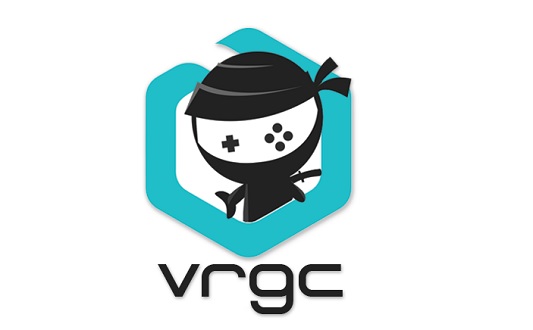SONY releases its Playstation VR 2 headset today (Feb 22nd 2023), but there is a caveat which can’t be stated enough. Whilst many gamers will be able to dive-in to PSVR 2 gaming with relative ease, some might start feeling a little queasy and ultimately fall foul of VR motion sickness. This is more prevalent in games that have lateral movement and is extremely unpleasant. It can make you vomit, have a nasty headache, or just leave you feeling groggy with a need to lie-down for a few hours. Yes, quite serious symptoms and enough to put-you-off VR for good. However, there is some training required (VR Legs) so this does not happen and you can happily enjoy VR gaming for long-sessions without issue.
VR sickness and ways to combat it are well documented in the PC VR communities and we’ve suffered it first-hand when playing a Half Life 2 VR mod back on the original Oculus Rift DK 2. Let’s explain then what is going on.
What is happening to your body?
With VR sickness, your brain is being tricked into thinking the body is in motion, whereas in reality you are likely seated or standing in a room with a VR headset on. Those who feel ill when at sea for example, the movement of the ship upsets the brain. Your brain (as a defence mechanism) believes that you have been poisoned or have some other infection in the body and therefore attempts to reject it by making you feel sick or vomit. Basically, our poor brains get totally confused with seeing lateral movement, but not actually moving anywhere physically. A disconnect between what signals the eyes are sending to the brain and the lack of body movement which correlates to that. Something we all take for granted. Human brains instinctively learn this pretty much immediately once the physical is able to crawl about months after birth.
How can I prevent this then and enjoy VR gaming?
There are several methods that people have said works, such as eating ginger, sucking on sweets, taking motion sickness pills before-hand, or giving-up on VR entirely. Ditching VR is understandable due to how nauseating VR sickness can be, and once you experience it for the first time, would seem like madness to desire putting yourself through it again.
We found the best method is to gain your VR Legs (a common expression used to describe overcoming VR sickness). You need to train your brain to handle VR not like an infection/poison, but something natural and enjoyable, by becoming acclimatised to it.
First thing you want to do is play a game with a fairly static camera for 5-15 minutes and see how you feel. Take a break, and then jump-in again. Once you get used to smaller play sessions, progress from there at a steady pace, elongating the session each time. DO NOT play a fast-paced game right-away, as this is asking-for-trouble. VR sickness is a creeper, where one moment you might feel absolutely peachy, then the next, totally incapacitated. As mentioned, some players might find they have no issues at all which is great for them, but not everyone is like this.
Once you have played with VR in short sessions using static cameras, then you can venture into more intense games. We suggest you again commence with a 5-10 minute play session then take a 20-30 minute break. We know this might be hard due to the excitement of VR, but trust us, you’ll thank us later. After 20-30 minutes, play again for another 5-10 minute session, and repeat. After your body has seen several hours of short intense sessions, gradually increase the length-of-time you play.
Do you have VR Legs?
If you have followed our advice (and yes, it’s just advice based on personal experiences) then the good news , is your body will stop treating VR like an anomaly. You should be able to play the most demanding games with ease for as long as you like. That’s the end-game here for most players. Sadly, a small percentage of players might need a longer time to make the adjustment. The key point here is to generally not overdo it even if you feel absolutely fine. An even smaller percentage of players might never get their VR legs regardless of what they try. There is nothing to suggest to those people unfortunately other than simply limiting play time to 5-10 minute sessions only, and never going over that.
As with all things, if you do start to feel ill or unusual in VR then immediately stop what you are doing. We initially found a weird tightness in the nasal sinuses area of the face in VR. Almost like an unusual smell/sensation. That might have been caused by the pressure of the headset on the face. Luckily, the PSVR 2 and its predecessor have a design advantage where the headset rests over the face, rather than on it.
Anyhow, the main thing is, enjoy the ride, but be safe doing so. Please bear-in-mind that if you are sharing your VR headset with family and friends, they might not be as acclimatised to VR, and will also require VR Legs training to a degree, depending on what software you are demoing.
Good luck!



